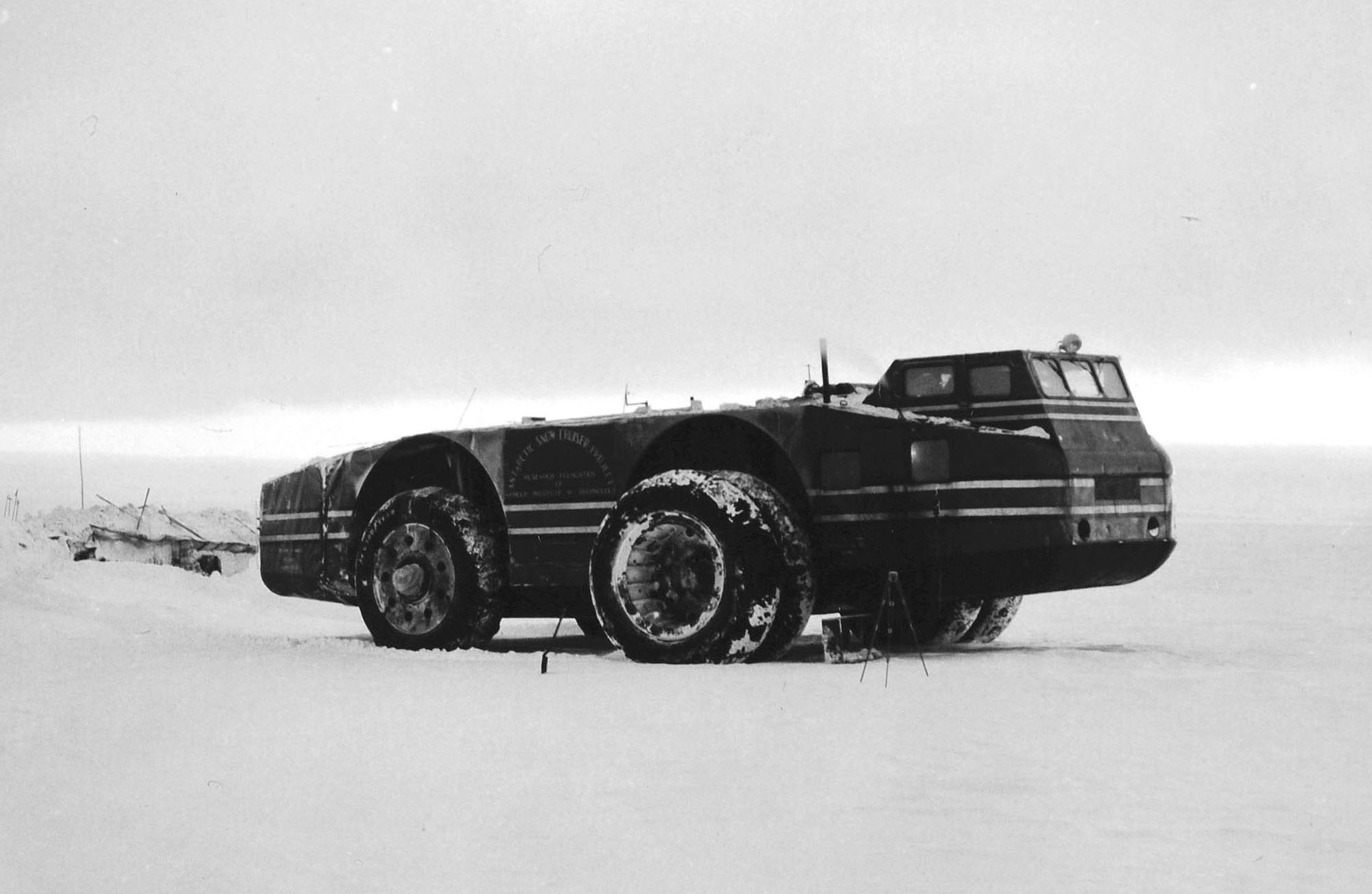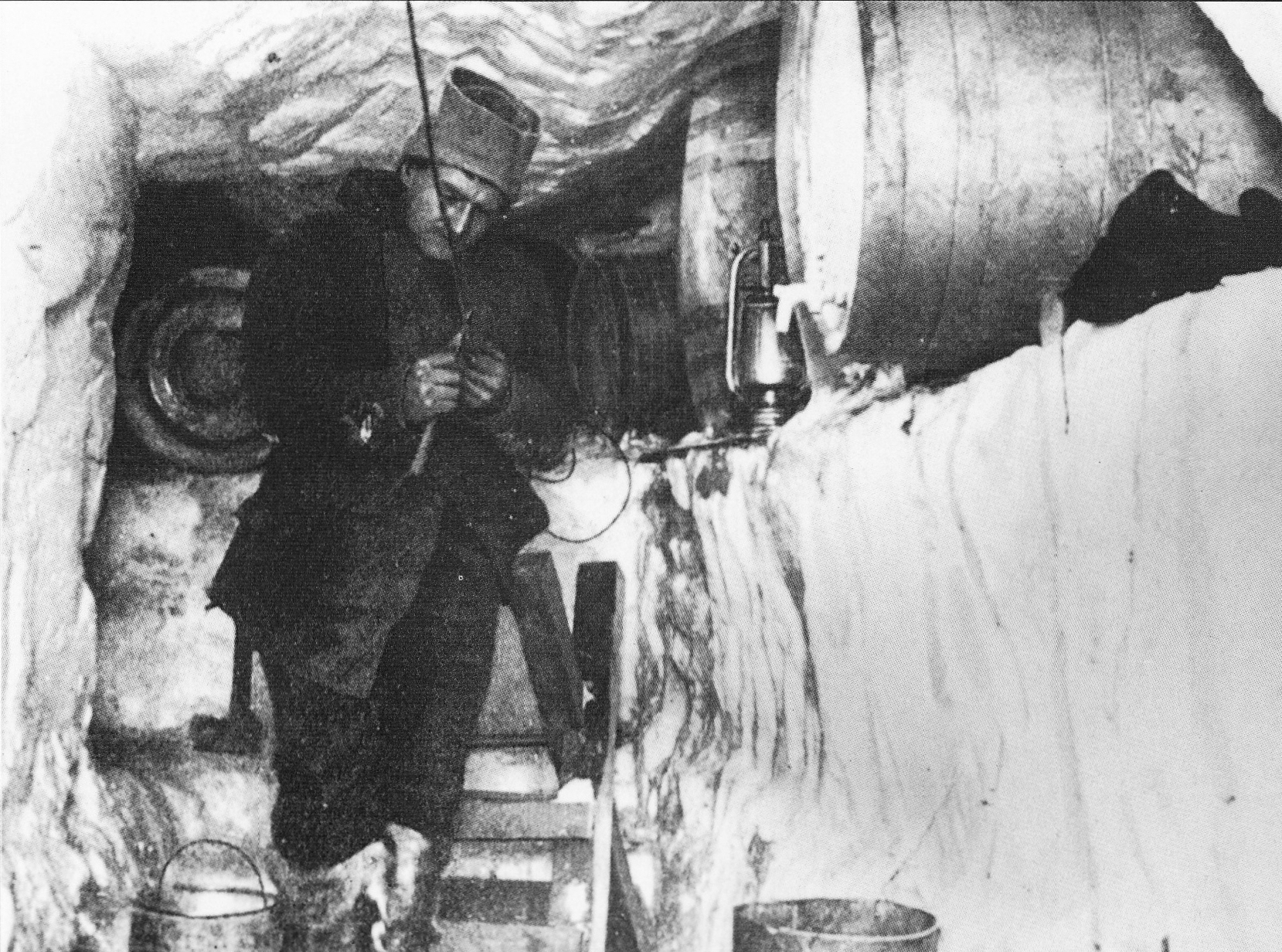|
Little America (exploration Base)
Little America was a series of Antarctic exploration bases from 1929 to 1958, located on the Ross Ice Shelf, south of the Bay of Whales. The coordinates are approximate. Little America I The first base in the series was established in January 1929 by Richard Byrd, and was abandoned in 1930. This was where the film ''With Byrd at the South Pole'' (1930), about Byrd's trip to the South Pole, was filmed. Little America II Little America II was established in 1934, some above the site of the original base, with some of the original base accessed via tunnel. This base was briefly set adrift in 1934, but the iceberg fused to the main glacier. During the 1934–1935 expedition, many souvenir letters were sent from Little America, using a commemorative postage stamp issued by the U.S. government. The souvenir cancellation operations were conducted under extremely difficult conditions. Little America established the first successful radio broadcasting from Antarctica, making r ... [...More Info...] [...Related Items...] OR: [Wikipedia] [Google] [Baidu] |
Antarctic Snow Cruiser
The Antarctic Snow Cruiser was a vehicle designed from 1937 to 1939 under the direction of Thomas Poulter, intended to facilitate transport in Antarctica during the United States Antarctic Service Expedition (1939–41). The Snow Cruiser was also known as "The Penguin," "Penguin 1" or "Turtle" in some published material. Poulter had been second in command of Richard E. Byrd#Second Antarctic Expedition, Byrd's Second Antarctic Expedition, launched in 1934. From his time in the Antarctic, Poulter had devised several innovative features. The massive Snow Cruiser generally failed to operate as hoped under the difficult conditions (the tires, notably smooth to avoid becoming snow encrusted, did not grip the ice) and was eventually abandoned in Antarctica. Rediscovered under a deep layer of snow in 1958, it later disappeared again due to shifting ice conditions. History Design and construction On April 29, 1939, Poulter and ''The Research Foundation of the Armour Institute of Techno ... [...More Info...] [...Related Items...] OR: [Wikipedia] [Google] [Baidu] |
Research Stations In Antarctica
Multiple governments have set up permanent research stations in Antarctica and these bases are widely distributed. Unlike the drifting ice stations set up in the Arctic, the research stations of the Antarctic are constructed either on rock or on ice that is (for practical purposes) fixed in place. Many of the stations are demographics of Antarctica, staffed throughout the year. A total of 42 countries (as of October 2006), all signatories to the Antarctic Treaty System, Antarctic Treaty, operate seasonal (summer) and year-round research stations on the continent. The population of people performing and supporting scientific research on the continent and nearby islands varies from approximately 4,000 during the summer season to 1,000 during winter (June). In addition to these permanent stations, approximately Antarctic field camps, 30 field camps are established each summer to support specific projects. History First bases During the Heroic Age of Antarctic Exploration in t ... [...More Info...] [...Related Items...] OR: [Wikipedia] [Google] [Baidu] |
International Geophysical Year
The International Geophysical Year (IGY; french: Année géophysique internationale) was an international scientific project that lasted from 1 July 1957 to 31 December 1958. It marked the end of a long period during the Cold War when scientific interchange between East and West had been seriously interrupted. Sixty-seven countries participated in IGY projects, although one notable exception was the mainland People's Republic of China, which was protesting against the participation of the Republic of China (Taiwan). East and West agreed to nominate the Belgian Marcel Nicolet as secretary general of the associated international organization. The IGY encompassed eleven Earth sciences: aurora and airglow, cosmic rays, geomagnetism, gravity, ionospheric physics, longitude and latitude determinations (precision mapping), meteorology, oceanography, seismology, and solar activity. The timing of the IGY was particularly suited for studying some of these phenomena, since it covered th ... [...More Info...] [...Related Items...] OR: [Wikipedia] [Google] [Baidu] |
Plateau Station
Plateau Station is an inactive American research and South Pole—Queen Maud Land Traverse support base on the central Antarctic Plateau. Construction on the site started on December 13, 1965, and the first traverse team (named SPQML II) arrived in early 1966. The base was in continuous use until January 29, 1969, when it was closed but mothballed for future use, and was the most remote and coldest of any United States stations on the continent. It was also the site for the world's coldest measured average temperature for a month at that time, recorded in July 1968, at . History The station was operated and staffed by the National Science Foundation and United States Navy. A select team of four scientists and four navy personnel were on constant duty at the station, which was under the command of a naval medical doctor. Originally designed for two years of service, it was in use for three years. Until the Fuji Dome Station opened in 1995, it was the outpost at the highest al ... [...More Info...] [...Related Items...] OR: [Wikipedia] [Google] [Baidu] |
Palmer Station
Palmer Station is a United States research station in Antarctica located on Anvers Island, the only US station located north of the Antarctic Circle. Initial construction of the station finished in 1968. The station, like the other U.S. Antarctic stations, is operated by the United States Antarctic Program (USAP) of the National Science Foundation. The base is about as distant from the equator as Fairbanks, Alaska. Description The station is named for Nathaniel B. Palmer, usually recognized as the first American to see Antarctica. The maximum population that Palmer Station can accommodate is 46 people. The normal austral summer contingent varies, but it is generally around 40 people. Palmer is staffed year-round; however, the population drops to 15-20 people for winter maintenance after the conclusion of the summer research season. There are science labs located in the Bio-Lab building (pictured), the other main building is GWR (Garage, Warehouse, and Recreation). Webcam image ... [...More Info...] [...Related Items...] OR: [Wikipedia] [Google] [Baidu] |
McMurdo Station
McMurdo Station is a United States Antarctic research station on the south tip of Ross Island, which is in the New Zealand-claimed Ross Dependency on the shore of McMurdo Sound in Antarctica. It is operated by the United States through the United States Antarctic Program (USAP), a branch of the National Science Foundation. The station is the largest community in Antarctica, capable of supporting up to 1,258 residents, and serves as one of three year-round United States Antarctic science facilities. All personnel and cargo going to or coming from Amundsen–Scott South Pole Station first pass through McMurdo. By road, McMurdo is 3 kilometres (1.9 mi) from New Zealand's smaller Scott Base. History The station takes its name from its geographic location on McMurdo Sound, named after Lieutenant Archibald McMurdo of . The ''Terror'', commanded by Irish explorer Francis Crozier, along with expedition flagship ''Erebus'' under command of James Clark Ross, first charted the area ... [...More Info...] [...Related Items...] OR: [Wikipedia] [Google] [Baidu] |
List Of Antarctic Expeditions
This list of Antarctic expeditions is a chronological list of expeditions involving Antarctica. Although the existence of a southern continent had been hypothesized as early as the writings of Ptolemy in the 1st century AD, the South Pole was not reached until 1911. Pre-exploration theories * 600 BC – 300 BC – Greek Philosophers theorize Spherical Earth with North and South Polar regions. * 150 AD – Ptolemy published Geographia, which notes Terra Australis Incognita. Pre-19th century * 7th century – Ui-te-Rangiora is claimed to have sighted southern ice fields. * 13th century – Polynesians settle Auckland Islands (50° S) * 1501–1502 – Gonçalo Coelho and Amerigo Vespucci potentially sail to (52° S) * 1522 – Juan Sebastián de El Cano – first circumnavigation Fernando de Magallanes discovers Strait of Magellan (54° S) * 1526 – Francisco de Hoces reportedly blown south from Straits of Magallanes to (56° S) * 1578 – Francis Drake clai ... [...More Info...] [...Related Items...] OR: [Wikipedia] [Google] [Baidu] |
Hallett Station
Cape Hallett is a snow-free area (Antarctic oasis) on the northern tip of the Hallett Peninsula on the Ross Sea coast of Victoria Land, East Antarctica. Cape Adare lies to the north. History In 1956, during Operation Deep Freeze II, was damaged by an ice floe at Cape Hallett. Hallett Station The cape was the location of a joint scientific base, Hallett Station, between the United States and New Zealand during the International Geophysical Year of 1957, and was manned permanently until 1964, when there was a major fire. It was then used as a summer only base until 1973. The site is currently being remediated by removing hazardous materials: fuel, and oil stored in several large tanks. This is an ongoing project which will take several years to complete. Antarctic Specially Protected Area An area of 74 ha is protected under the Antarctic Treaty System as Antarctic Specially Protected Area (ASPA) No.106 because it contains habitats with a rich and diverse range of ... [...More Info...] [...Related Items...] OR: [Wikipedia] [Google] [Baidu] |
Framheim
Framheim was the name of explorer Roald Amundsen's base at the Bay of Whales on the Ross Ice Shelf in Antarctica during his successful quest for the South Pole. It was used between January 1911 and February 1912. Cabin and tents The hut was constructed in sections by a master carpenter, Jørgen Stubberud and erected at Amundsen's home in Norway, then dismantled for shipment to Antarctica on the '' Fram''. Framheim literally means "home of the Fram". During its construction in Norway, Amundsen maintained that the hut was for "observation", which would fit in nicely with his supposed intent to head to the North Pole. To the more than casual student of exploration, it was obvious that the hut was intended as living quarters. Amundsen was headed to the South Pole. The cabin was an early example of a pre-fabricated structure, and employed a custom dining table which could retract to the ceiling for cleaning beneath. It measured eight by four meters, and the walls were made up of f ... [...More Info...] [...Related Items...] OR: [Wikipedia] [Google] [Baidu] |
Ellsworth Station
Ellsworth Scientific Station ( es, Estación Científica Ellsworth, or simply ''Estación Ellsworth'' or ''Base Ellsworth'') was a permanent, all year-round originally American, then Argentine Antarctic scientific research station named after American polar explorer Lincoln Ellsworth. It was located on Gould Bay, on the Filchner Ice Shelf. It was shut down in 1962 over safety concerns due to it being built on increasingly unstable ice, which produced fast deterioration of its superstructures and endangered both personnel and equipment. History Ellsworth Station was built by United States Navy Seabees under the command of Captain Finn Ronne, with the support of the icebreakers USS ''Staten Island'' and USS ''Wyandot'', captained by Francis Gambacorta. The originally planned site for the station was Cape Adams, but when the terrain proved impractical due to huge ice cliffs, an alternate location on Gould Bay was selected, on the western coast of the Weddell Sea over the Filchner ... [...More Info...] [...Related Items...] OR: [Wikipedia] [Google] [Baidu] |
Dean Cullom Smith
Dean Cullen Smith (September 27, 1899 – March 4, 1987) was a pioneer American mail pilot, test pilot, flying instructor, Antarctic pilot, and airline pilot. At 17 years of age, he became the youngest flight instructor in U.S. Army history. He was a lead pilot for the U.S. Postal Service's airmail service, and was the first pilot to initiate night air mail flights. He was an executive for many airlines and aircraft companies. Smith was a pilot for the Byrd Antarctic Expedition of 1928–1930 involved in aerial overflights to discover new land that could be claimed for the benefit of the United States. The land was later viewed by Byrd and named after his wife. Smith was awarded the Distinguished Flying Cross and the Congressional Gold Medal. An Antarctic peak bears his name. He was inducted into the New Jersey Aviation Hall of Fame in 1986. Early life and education Smith was born in Cove, Oregon, on September 27, 1899 at his grandparents home. His parents were Joshua Cullo ... [...More Info...] [...Related Items...] OR: [Wikipedia] [Google] [Baidu] |
Byrd Station
The Byrd Station is a former research station established by the United States during the International Geophysical Year by U.S. Navy Seabees during Operation Deep Freeze II in West Antarctica. History A joint Army, Navy, Air Force, and Marines operation supported an overland tractor train traverse that left out of Little America V in late 1956 to establish the station. The train was led by Army Major Merle Dawson and completed a traverse of over unexplored country in Marie Byrd Land to blaze a trail to a spot selected beforehand. The station consisted of a set of four prefabricated buildings and was erected in less than one month by U.S. Navy Seabees. It was commissioned on January 1, 1957. The original station ("Old Byrd") lasted about four years before it began to collapse under the snow. Construction of a second underground station in a nearby location began in 1960, and it was used until 1972. The Operation Deep Freeze activities were succeeded by "Operation Deep Freez ... [...More Info...] [...Related Items...] OR: [Wikipedia] [Google] [Baidu] |





